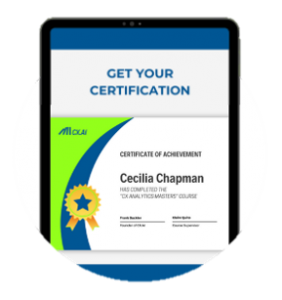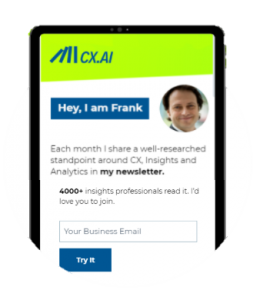More and more NPS scores are used to incentivize the management of a company. This requires the score to be true and robust. In both aspects, the NPS system is easy to attack.
The NPS score is not true:
The likelihood to recommend is a rating scale that delivers responses that are highly biased by rational filters and methodological effects. Often loyal customers tend not to pick the 10 out of strategic rationale. Also, customers have a subconscious tendency to be polite and avoid picking 0-5 points on the scale.
Furthermore, only the endpoints of the scale are defined. As a result, you find major cultural differences in responding to the scale. The general concept of a 0 to 10 rating comes from the anglo-american region and is largely unknown in most other parts of the world. As such, people respond differently due to their traditions.
Other topics are biasing results: most customers you ask do not participate. What would have been their answer? Depending on the self-selection process, your results a chronically screwed. There are modeling methods for debias available, but they are hardly ever applied.
The NPS score is not robust:
The score calculates from the difference of percentage share values (% of promoters vs. % of detractors). As a well-known statistical phenomenon, small percentage scores have huge error bands for small sample sizes and, as such, are largely impaired compared to averaging Likert scales.
This impact is even amplified if you start to weigh your sample e.g., as you want to overweight your high-value customers. If, suddenly, one instead of two high-value customers are among your promoters, the NPS score changes dramatically.












